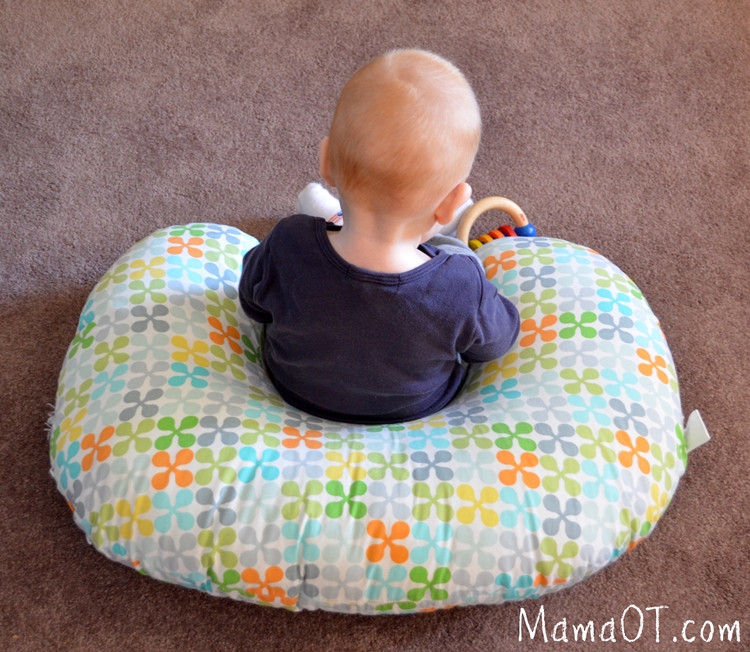Basic indications to handle a baby/young child with achondroplasia
1. Avoid devices that bend the back: soft infant carriers, infant swings, umbrella strollers and other soft devices;
2. Use hard backed carriages, strollers and supportive devices;
3. Support the baby's head and back of the neck at all times;
4. Avoid trying to get the baby to sit until he or she does it without help. It can take quite a long time for a child with achondroplasia to sit and each one has his/her own development times;
5. No propping with pillows to support sitting;

|
Observe in this image that the neck/cervical is totally unprotected and unsupported as is the spine. Credits: http://mamaot.com. |
6. Avoid infant walkers and jumper devices: they force head support before the baby is ready and may also cause neck injury;

7. Pad the infant car seat around the baby's head to support it and prevent the chin-on-the chest position;
8.Use a rear face car seat until the child is 3-4 years-old or as long as the child needs extra neck/cervical stability;
9. When not sleeping in the crib or bed, the best place where a baby or young child with achondroplasia can be placed is on the floor. Leave the baby on his/her back. Find a good place in your house to lay down the baby/child, for example, over a big soft rug. The floor is supportive, the baby/child can't fall, allowing him/her to roll over and/or start to develop free movements (gross motor development);


